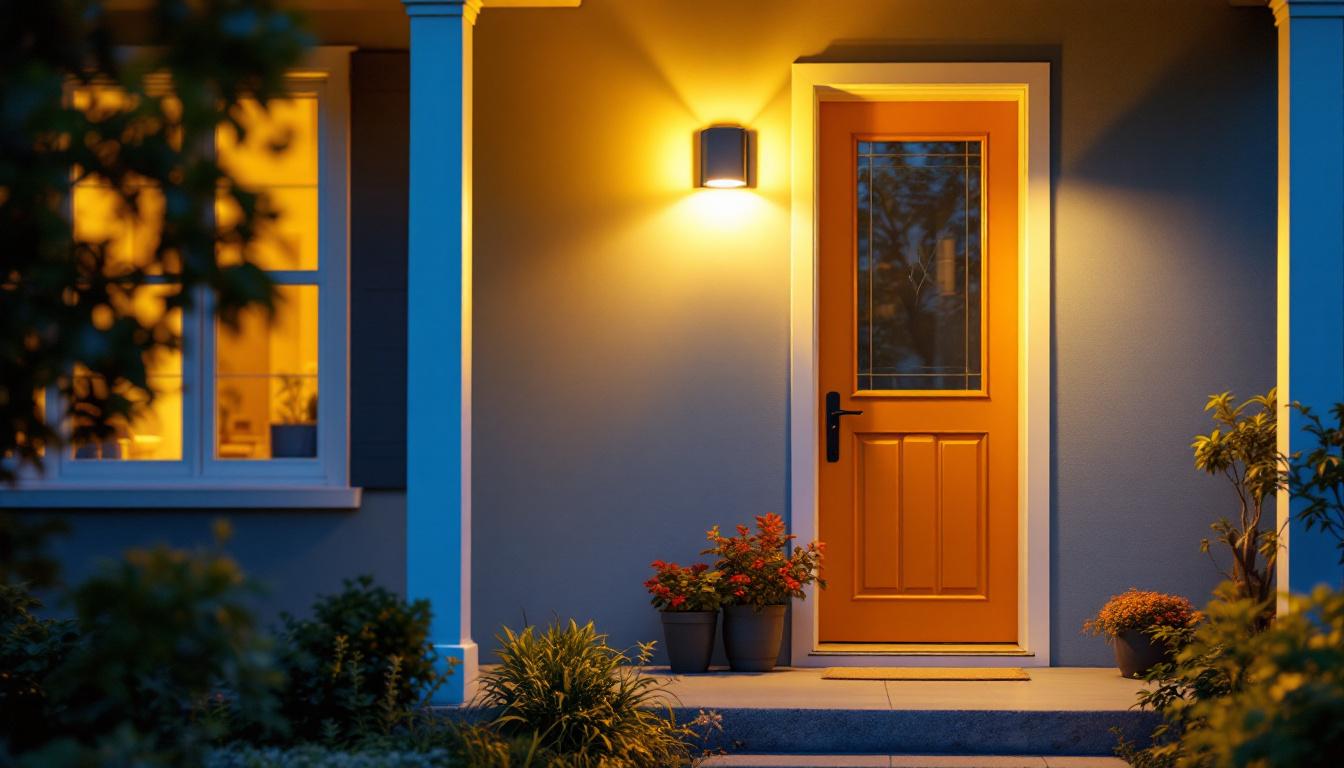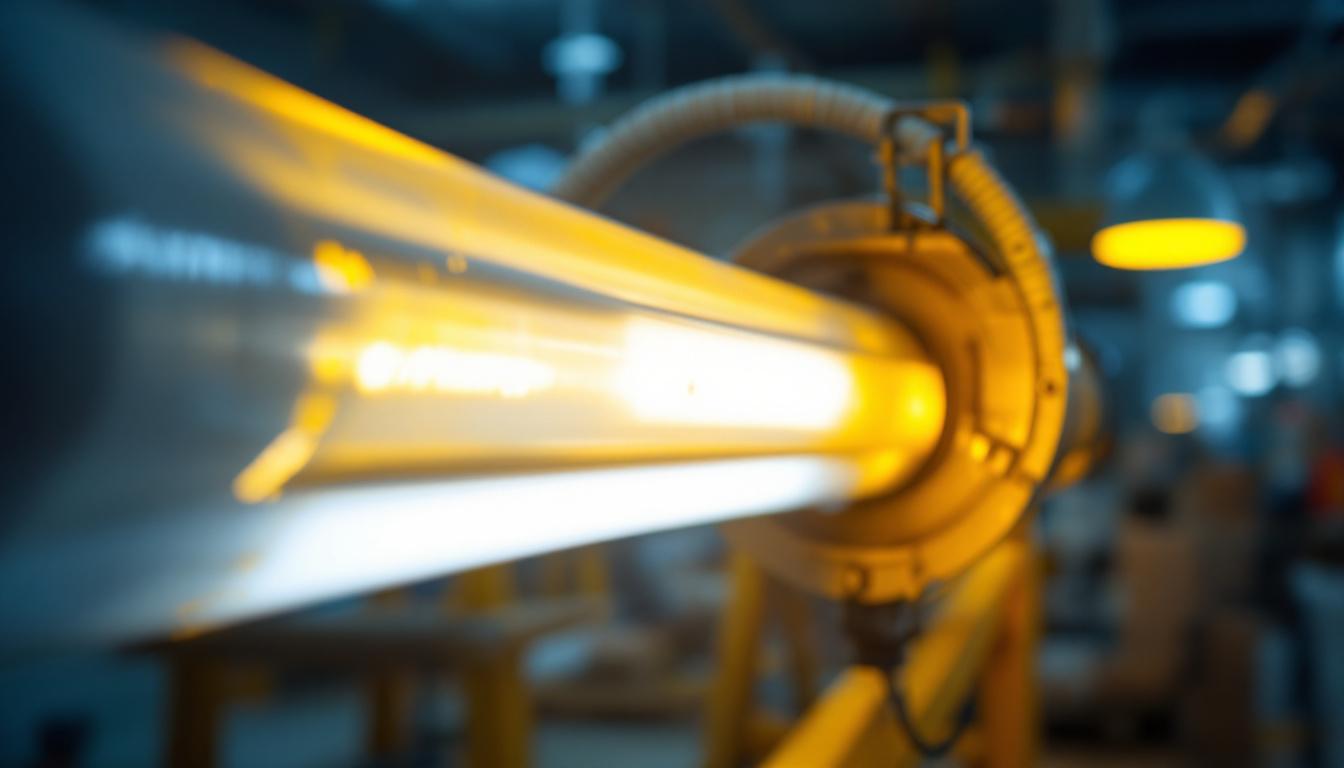
In the realm of home security and outdoor lighting, front door motion sensor lights have become increasingly popular among homeowners. These fixtures not only enhance safety but also add convenience and energy efficiency. For lighting contractors, understanding client expectations regarding these products is essential for successful installations and satisfied customers. This article delves into what clients typically expect from their lighting contractors when it comes to front door motion sensor lights.
Before diving into client expectations, it’s crucial for lighting contractors to have a solid grasp of the technology behind motion sensor lights. These devices utilize various types of sensors to detect movement and activate the light. The most common types include passive infrared (PIR), microwave, and dual technology sensors.
Passive infrared sensors are the most widely used in motion sensor lighting. They detect changes in infrared radiation emitted by objects, primarily warm bodies. When a person approaches, the sensor triggers the light, providing illumination only when needed. Clients often appreciate this technology for its energy efficiency, as it helps reduce unnecessary electricity usage. Additionally, PIR sensors are generally less expensive and easier to install compared to other types, making them a popular choice for residential and commercial applications alike. Their effectiveness is particularly notable in outdoor settings, where they can enhance security by illuminating pathways and entry points when movement is detected.
Microwave sensors, on the other hand, emit microwave pulses and measure the reflection of these waves. They can detect movement even through walls, making them suitable for various applications. However, clients may have concerns about false triggers, particularly from animals or passing vehicles. Lighting contractors should be prepared to address these concerns and explain the advantages and limitations of this technology. For instance, while microwave sensors can cover a larger area and are more sensitive than PIR sensors, they may not be the best choice for environments with a lot of movement, as they can lead to frequent activations. Understanding the specific needs of the client’s space can help in recommending the most appropriate sensor type.
For clients seeking enhanced reliability, dual technology sensors combine both PIR and microwave technologies. This combination minimizes false alarms while ensuring that the light activates only when necessary. Educating clients about the benefits of dual technology can help them make informed decisions about their lighting choices. Furthermore, these sensors often come with adjustable settings that allow users to customize sensitivity and duration, providing greater control over their lighting environment. This adaptability is particularly beneficial in settings like parking lots or large outdoor areas, where varying levels of movement can occur throughout the day. By highlighting these features, contractors can demonstrate how dual technology sensors not only enhance safety but also contribute to a more efficient and tailored lighting solution.
When clients hire lighting contractors for the installation of motion sensor lights, they often have specific expectations regarding the process. Meeting these expectations can lead to a positive experience and build long-term relationships.
Clients expect a thorough assessment of their property before installation. This includes evaluating the best locations for motion sensor lights to maximize coverage and effectiveness. Lighting contractors should be prepared to discuss factors such as the layout of the property, potential obstructions, and the desired level of security. A professional assessment not only demonstrates expertise but also instills confidence in clients. Furthermore, contractors may also consider the local climate and weather patterns, as these can affect the performance and longevity of the lighting fixtures. For instance, areas prone to heavy rainfall may require waterproof fixtures, while regions with high winds might necessitate more secure mounting options.
Effective communication is paramount during the installation process. Clients appreciate transparency regarding timelines, potential challenges, and any necessary adjustments. Keeping clients informed about the installation steps and addressing their concerns promptly can significantly enhance their experience. Lighting contractors should also be ready to provide guidance on how to operate and maintain the motion sensor lights after installation. This includes explaining the sensitivity settings and the best practices for adjusting the detection range, which can vary based on the specific needs of the client. Additionally, providing clients with a follow-up plan, such as a scheduled check-in after a few weeks, can reinforce the contractor’s commitment to customer satisfaction and ensure that the lights are functioning as intended.
Clients often expect a high level of craftsmanship and attention to detail. This includes ensuring that the lights are securely mounted, properly aligned, and aesthetically pleasing. Lighting contractors should take the time to ensure that the installation meets both functional and aesthetic standards. A well-executed installation can lead to positive referrals and repeat business. Moreover, clients may also appreciate the use of energy-efficient lighting options, which not only reduce electricity costs but also contribute to a more sustainable environment. Contractors should be knowledgeable about the latest advancements in LED technology and smart lighting systems, as these features can enhance the overall value of the installation. By demonstrating a commitment to quality and innovation, contractors can exceed client expectations and foster a reputation for excellence in their field.
In today’s environmentally conscious world, clients are increasingly concerned about energy efficiency and cost savings. They expect lighting contractors to provide solutions that align with their sustainability goals while also reducing energy bills.
When discussing motion sensor lights, clients often inquire about energy-efficient options. LED lights are a popular choice due to their longevity and low energy consumption. Lighting contractors should be knowledgeable about various LED products and their benefits, including brightness levels and color temperatures. Providing clients with options that meet their energy efficiency goals can enhance satisfaction and lead to long-term savings.
Clients also expect lighting contractors to explain the long-term cost benefits of installing motion sensor lights. These fixtures can significantly reduce energy consumption by ensuring that lights are only on when needed. Additionally, clients may appreciate insights into potential rebates or incentives for energy-efficient upgrades. Educating clients on the financial advantages of motion sensor lights can help them make informed decisions.
Beyond functionality, clients often have specific design preferences for their front door motion sensor lights. As a lighting contractor, understanding these preferences can set a project apart and lead to greater client satisfaction.
Clients expect motion sensor lights to complement their home’s exterior design. Lighting contractors should be familiar with various styles, from modern to traditional, and be able to recommend fixtures that align with the client’s vision. Offering a range of design options ensures that clients can find a solution that meets their aesthetic preferences.
Another design consideration is the color temperature and brightness of the lights. Clients may have specific preferences for warm or cool lighting, which can impact the overall ambiance of their entryway. Lighting contractors should be prepared to discuss these options and help clients choose the right combination for their needs.
Clients expect ongoing support and guidance regarding the maintenance and troubleshooting of their motion sensor lights. Providing this information can enhance the client experience and build trust in the contractor’s expertise.
Educating clients on regular maintenance practices is essential for the longevity of motion sensor lights. This includes cleaning the sensors to prevent dirt buildup, checking for obstructions, and ensuring that the light bulbs are functioning correctly. Lighting contractors should provide clients with a simple maintenance checklist to help them keep their fixtures in optimal condition.
Clients may encounter common issues with motion sensor lights, such as false triggers or lights not activating. Lighting contractors should be prepared to offer troubleshooting tips and solutions. This could involve checking the sensor’s sensitivity settings, adjusting the angle of the fixture, or ensuring that the power source is functioning correctly. Providing clients with this knowledge empowers them to resolve minor issues independently.
Safety and security are paramount concerns for clients considering motion sensor lights. Lighting contractors should be well-versed in the safety features of various products and be able to communicate these effectively.
Many modern motion sensor lights come with integrated security features, such as cameras or alarms. Clients may expect contractors to provide information about these additional functionalities and how they can enhance home security. Understanding the latest advancements in lighting technology can help contractors offer comprehensive solutions that meet client needs.
Clients also expect contractors to be knowledgeable about local regulations regarding outdoor lighting. This includes understanding zoning laws, light pollution restrictions, and safety codes. Ensuring compliance not only protects the client but also enhances the contractor’s reputation as a knowledgeable professional.
Ultimately, clients expect lighting contractors to educate and empower them regarding their motion sensor light choices. This involves providing information, answering questions, and ensuring that clients feel confident in their decisions.
Providing clients with informative resources, such as brochures or links to reputable websites, can enhance their understanding of motion sensor lights. This empowers them to make informed decisions and fosters a sense of trust in the contractor’s expertise. Lighting contractors should strive to be a reliable source of information throughout the entire process.
Post-installation support is equally important. Clients appreciate having a point of contact for any questions or concerns that may arise after the installation. Lighting contractors should establish clear communication channels and be responsive to client inquiries. This ongoing support can lead to positive reviews and referrals, ultimately benefiting the contractor’s business.
Front door motion sensor lights are an excellent investment for homeowners seeking enhanced security, energy efficiency, and convenience. Lighting contractors play a vital role in guiding clients through the selection and installation process. By understanding client expectations regarding technology, installation, energy efficiency, design, maintenance, safety features, and education, contractors can provide exceptional service and build lasting relationships with their clients.
In a competitive market, staying informed about the latest advancements in motion sensor technology and design trends is essential for lighting contractors. By meeting and exceeding client expectations, contractors can establish themselves as trusted professionals in the field, ensuring a successful and rewarding career.
Ready to elevate your lighting installations with the latest in motion sensor technology? At LumenWholesale, we provide lighting contractors like you with the highest quality, spec-grade lighting products at unbeatable wholesale prices. Say goodbye to local distributor markups and hello to a vast selection of reliable, high-performance lighting that meets the highest industry standards. With free shipping on bulk orders, you can stock up on premium lighting solutions at the best value — all without hidden fees or compromises. Don’t miss out on the perfect blend of quality, affordability, and convenience. Visit LumenWholesale now for Wholesale Lighting at the Best Value and start transforming your lighting projects today.

Discover effective strategies and proven methods for lighting contractors to optimize commercial lighting control systems.

Discover the essential signs of malfunctioning fluorescent bulbs and ballasts with our comprehensive guide.

Discover how lighting contractors can elevate their projects with expertise in LED tape light connectors.

Discover the top benefits of panel light LEDs for lighting contractors, including energy efficiency, easy installation, and enhanced design flexibility.